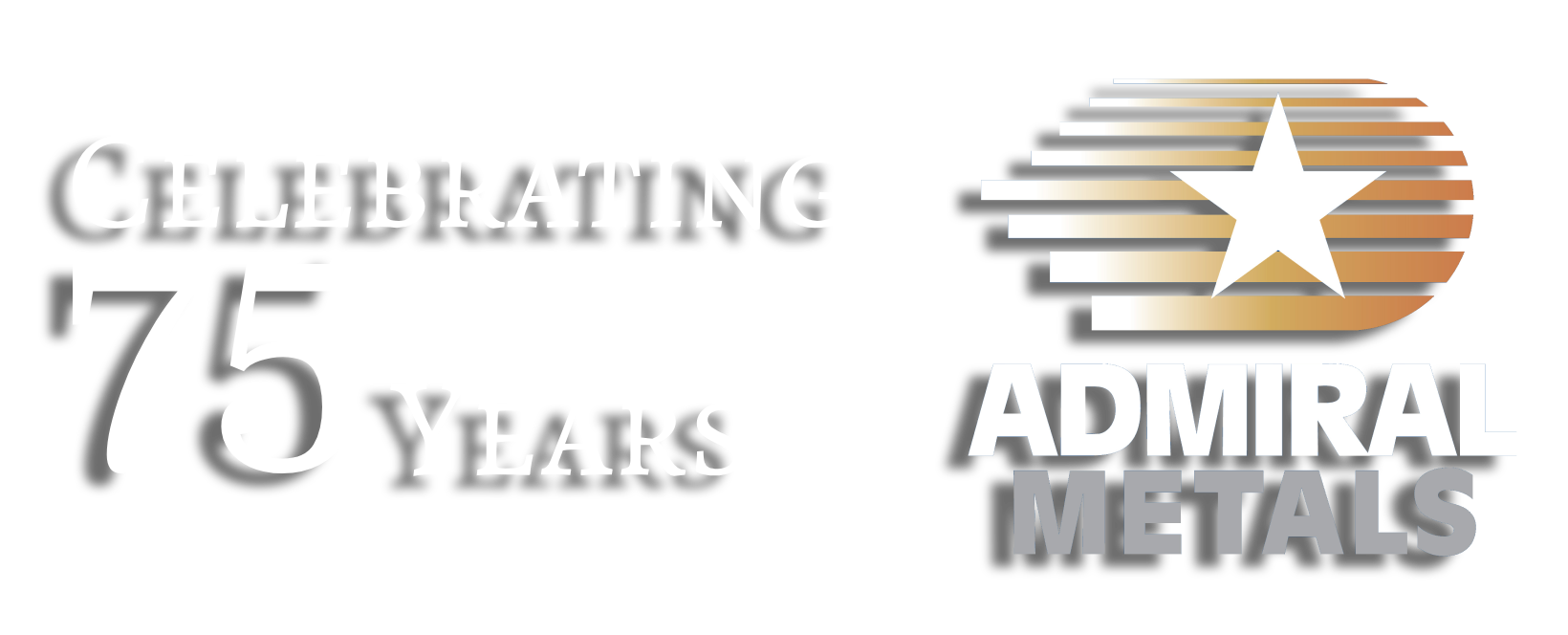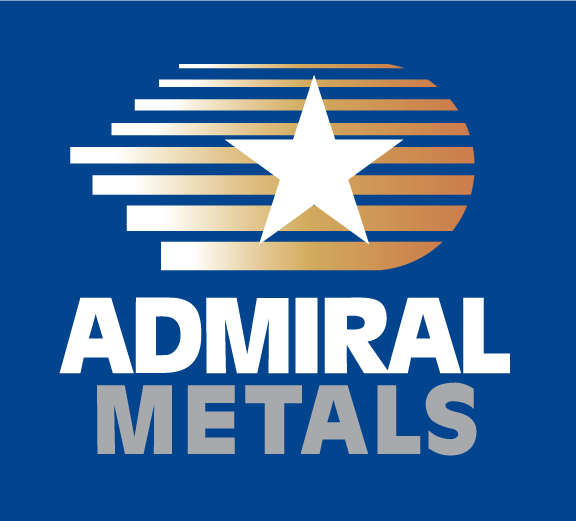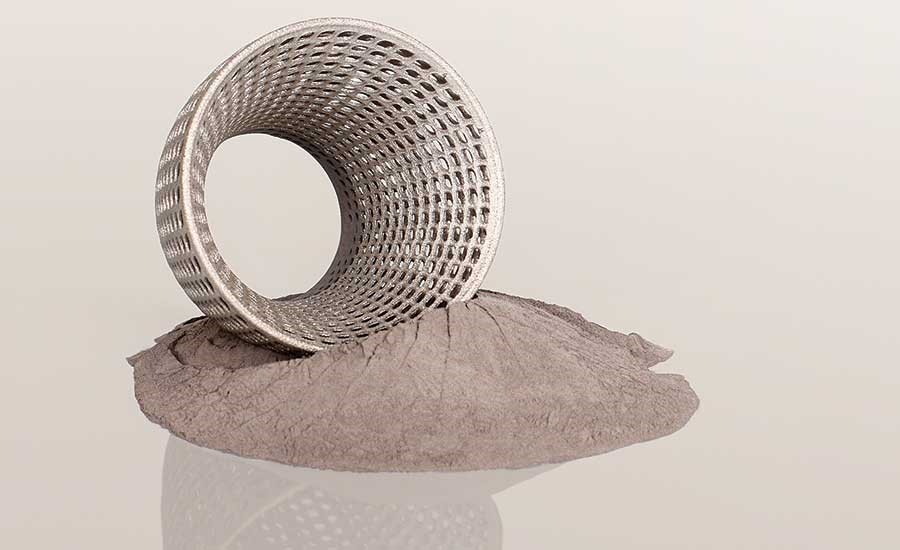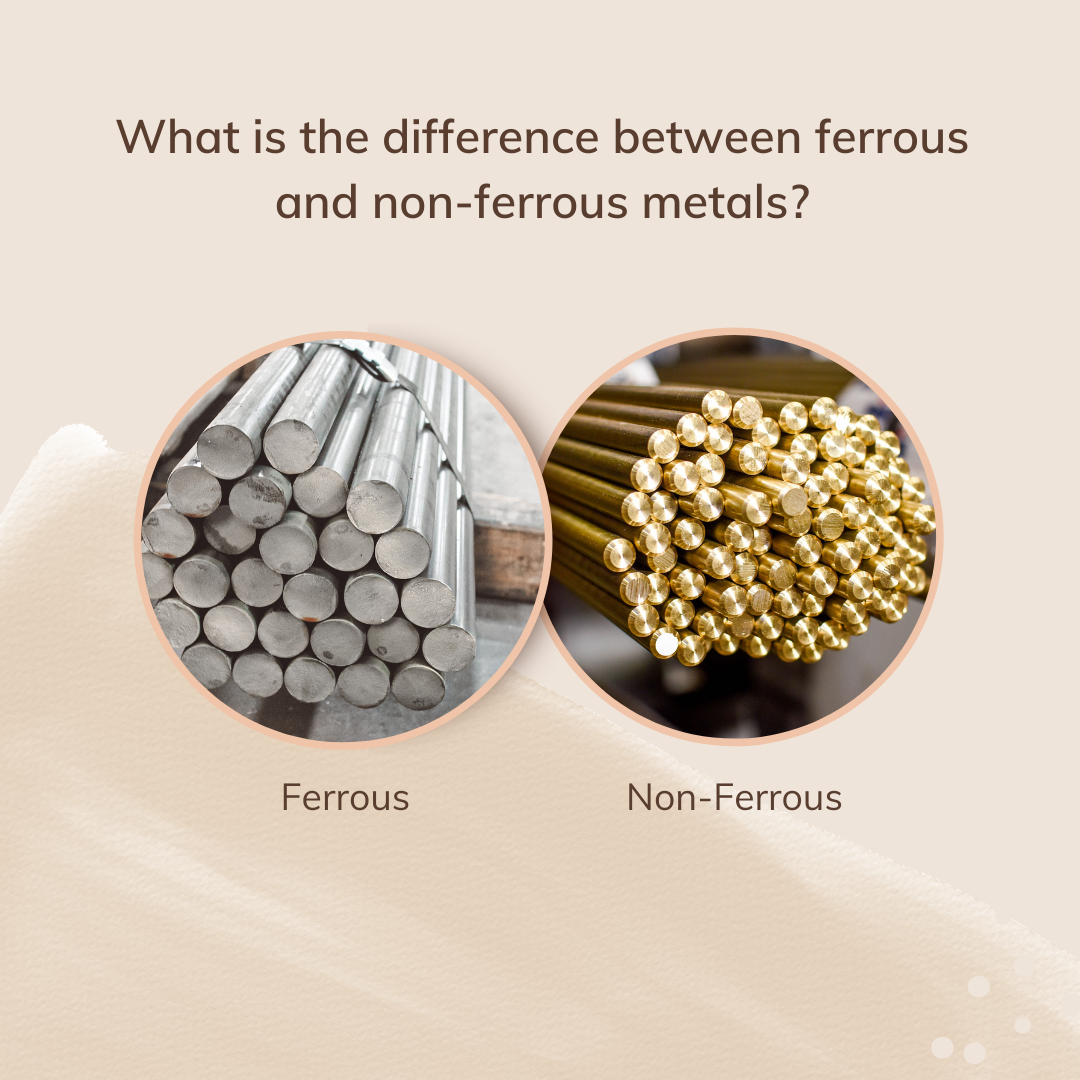![]()
If steel was the miracle metal that gave backbone to the Industrial
Revolution, then aluminum has assumed the role of the modern metal of the
new millennium. The rigors of modern society are demanding lighter, faster,
stronger, and more efficient systems than ever before, and aluminum has
become the go-to material for its comparative strength-to-weight ratio.
Demand for aluminum products worldwide is dominated by three industries:
packaging, transportation and construction
The largest consumer of aluminum in the West remains food, beverage and
pharmaceutical packaging. American can manufacturers produce nearly 100
billion aluminum beverage cans annually, equivalent to one can per
American per day. Along with aluminum foil and other food packaging
products, 4.73 billion pounds or 26.5{41f8e085fc68038a2da2699f98ad8aea8b7e87e25f742017f6f76a0b55118d3c} of all North American primary
aluminum sales are food, drug and beverage-related.
Transportation accounts for 23.7 percent of all North American aluminum
shipments or 4.22 billion pounds. Fuel-efficient cars and light trucks contain
an average of 350 pounds of aluminum per vehicle, and the aircraft and
railroad sectors have followed suit. Demand has tripled since 1991.
Aluminum is lighter weight, offers
lower manufacturin
g costs, is more
resistant to corrosion, can more easily adapt to form complex shapes, has
the flexibility to incorporate innovative designs and has a high scrap value.
Construction accounts for 11.9 percent of aluminum demand in North
America, primarily in window and d
oorframes, exterior cladding/siding,
gutters and downspouts, and roofing. As the nation ́s concrete and steel
bridges require repair and replacement, aluminum is the sought-after
solution. It requires less maintenance and painting, is lighter, and more
corrosion-resistant than traditional mate
rials, and it allows for a faster turn
around time than concrete.
Interestingly, throughout the world, aluminum consumption varies from one
country or continent to the next. In
North America, the relatively large
percentage of total aluminum consumption (26.5{41f8e085fc68038a2da2699f98ad8aea8b7e87e25f742017f6f76a0b55118d3c}) that is used for the
packaging of food, beverages and pharmaceuticals might be considered
indulgences in less developed countries. Only 6{41f8e085fc68038a2da2699f98ad8aea8b7e87e25f742017f6f76a0b55118d3c} of China ́s aluminum
consumptions is packaging-related; 15{41f8e085fc68038a2da2699f98ad8aea8b7e87e25f742017f6f76a0b55118d3c} in Western Europe. Automotive and
construction account for 53{41f8e085fc68038a2da2699f98ad8aea8b7e87e25f742017f6f76a0b55118d3c} of China ́s aluminum consumption, 60{41f8e085fc68038a2da2699f98ad8aea8b7e87e25f742017f6f76a0b55118d3c} in
Western Europe, 36{41f8e085fc68038a2da2699f98ad8aea8b7e87e25f742017f6f76a0b55118d3c} in North America.
Regardless of the country, aluminum seems to have an endless number of
applications, and combined with its 100 percent recyclability, growth in
aluminum is one of the world ́s mega-trends. Its cost-, time- and energy-
efficient qualities tell us that it is the go-to metal today and will remain so for
the foreseeable future.
Wishing you the very best in business,
![]()
What is the future of the workplace?
This last year and half have been filled with uncertainty whether you are a company owner or an employee working for someone else. During...




